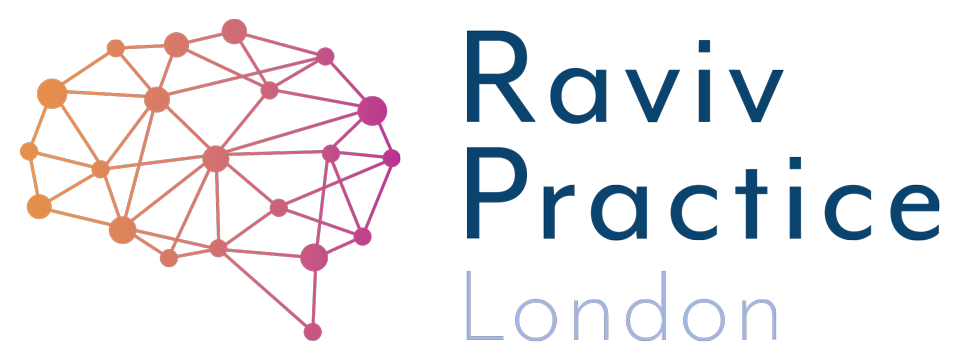
Listening Therapy using - iLS®
(Integrated Listening System)
How can iLS® (Integrated Listening Sytem) help my child?
Problems with auditory processing can affect all areas of your child’s development and behaviour, and we aim to reduce or eliminate:
Anxiety
Feeling Stressed
Feeling overwhelmed or overloaded
Difficulties with learning
Feeling Tired
Poor academic or work performance
At Raviv Practice London, we want to create the ideal “listening ear”!
Hearing and listening are not the same. Hearing is passive and physiological. It is simply the ability of the ear to hear incoming sounds. Listening is active and intentional. It requires motivation, desire and the intention to be engaged in taking in, processing and responding to the information being heard. As an intentional process, listening depends on psychological and cognitive processes, which involve: filtering out irrelevant sounds and distractions, focusing on what is relevant, holding onto information long enough to understand and extract meaning, and forming the correct behavioural response. It also helps a child’s movement, through co-ordination and adjustment for balance, and allows them to plan movement with ease and confidence.
Listening Therapy - iLS® takes a unique combined approach to address problems before they arise and strengthen weakness in those with developmental difficulties.
At Raviv Practice London, we use this therapy extensively in pre-school settings to help children (age 2+) before they are exposed to the noisy school environment. It improves concentration and focus and helps strengthen motivation and an interest in interacting with their peers and adults. Children are better coordinated, have improved motor planning, and can sit still when needed.
iLS® - Summary from Dr. Ron Minson
How does it work?
The therapy combines specially filtered music, to help active listening, with movement- based exercises, to provide a truly multi-sensory learning experience. It is this combination that helps challenge the brain and body simultaneously in a progressive way. The programme addresses four key areas:
Sensory motor issues,
Communication
Higher level integration
Optimal performance
The ears are made up of three portions: the outer ear – which captures sounds, the middle ear that helps channel the sound and dampens excessive noise, and the inner ear that converts the sounds into electrical signals to send to the brain and helps with detecting movement (the vestibular system). iLS uses bone conduction headphones so that sounds are delivered through the bones of the skull as well as the ears. The filtered music, and the combined exercises, stimulate not only the listening aspect, but create a whole-body experience as the muscles become faster at adjusting to balance differences. As time progresses, the brain becomes more able to process the various frequencies of sound with greater ease, and the body more able to adjust its response when required to move.
In the therapeutic setting, we use bespoke music settings, combined with movement, for children with specific learning difficulties, such as: behaviourally challenged, ASD, speech and language problems, and an inability to concentrate. All individuals become calmer more responsive to the world around them.
How can I access the therapy?
The programme can be:
home based with visits to London every six weeks (calls and correspondence between)
a mixture of home-based and three sessions with the therapist per week (two at home)
therapy/school based only - three session per week of one-to-one (this takes longer but is delivered 100% by the therapist)
We can suggest local accommodation for those travelling to do this course every six weeks.
The programme duration can vary and depend on the individual:
Motor Sensory Programme – 60 one-hour sessions - 12 weeks based on five sessions per week.
Concentration and Attention programme - 40 one-hour sessions - 8 weeks based on five sessions per week.
Reading & Auditory processing programme - 40 one-hour sessions - 8 weeks based on five sessions per week.
Optimal Performance – 48 one-hour sessions – 9.6 weeks based on five sessions per week.
Whilst each programme can be delivered as a stand-alone programme for young children and those with learning challenges, we recommend all the programmes in sequence.
What should I do next?
If you are interested in joining a Listening Therapy-iLS ® programme, or are just interested in learning more, then:
What other tools does Raviv Practice London have for children at pre-school level or individuals at this developmental level?
Therapies such as iLS® can greatly benefit from follow-on services, such as the Safe and Sound Protocol (SSP) and Reflex Integration Therapy. These services will continue to remove stress and anxiety, and nurture the development of better motor coordination for learning.
